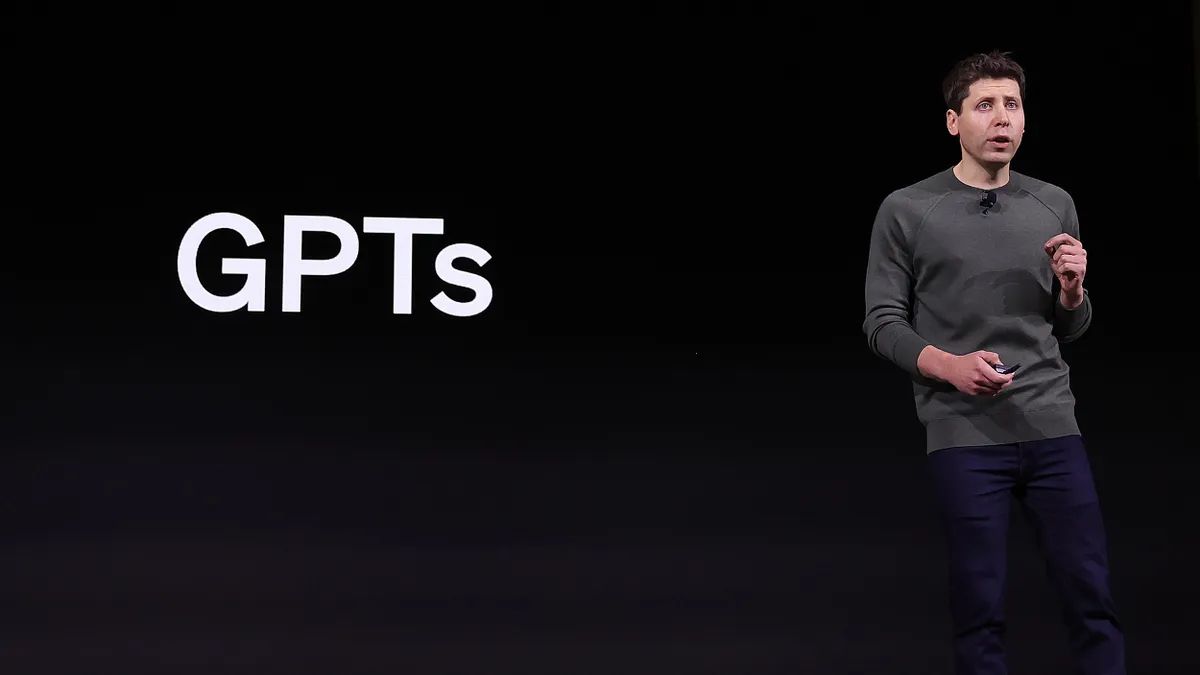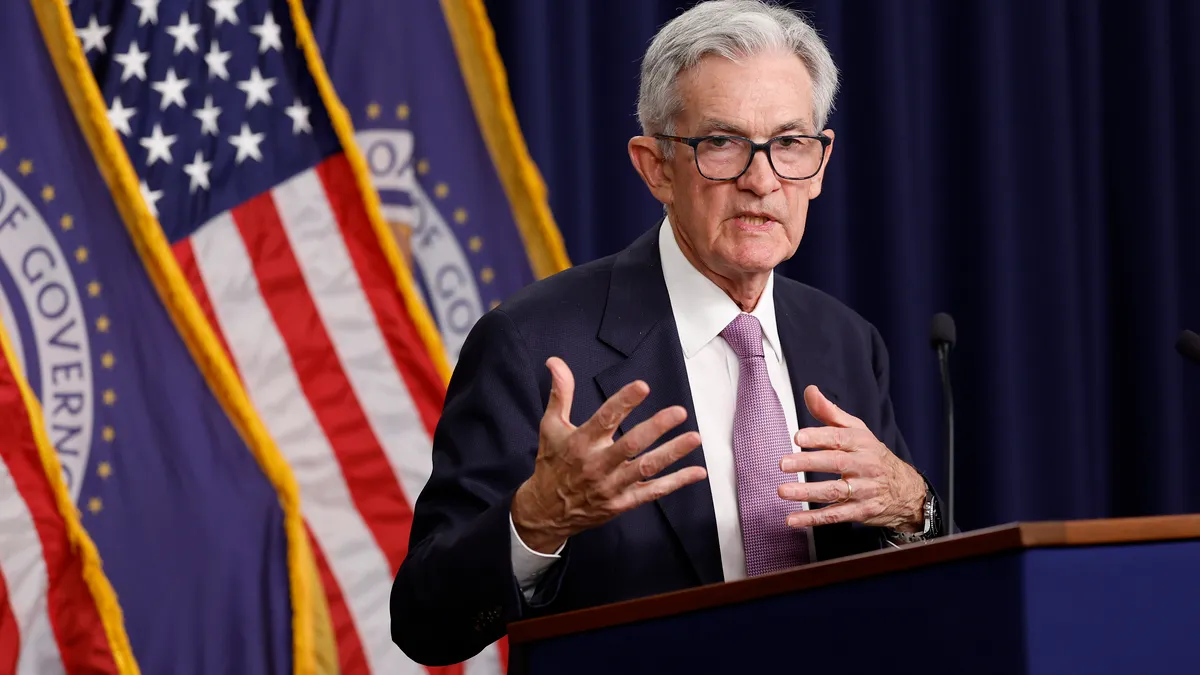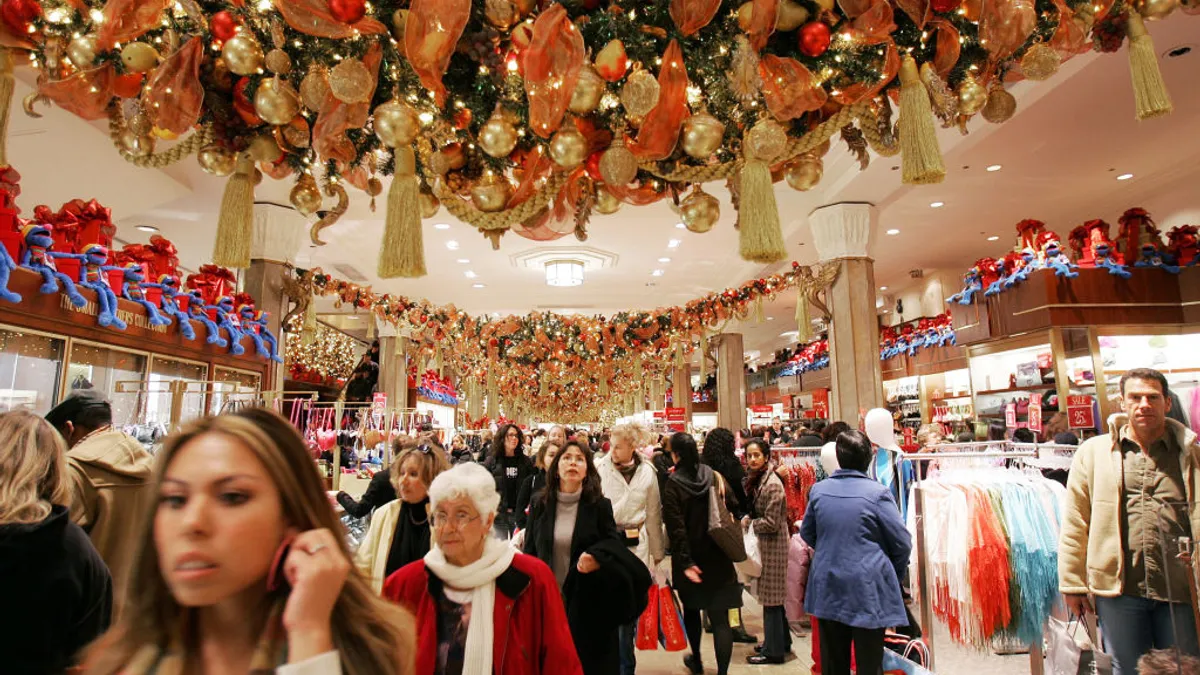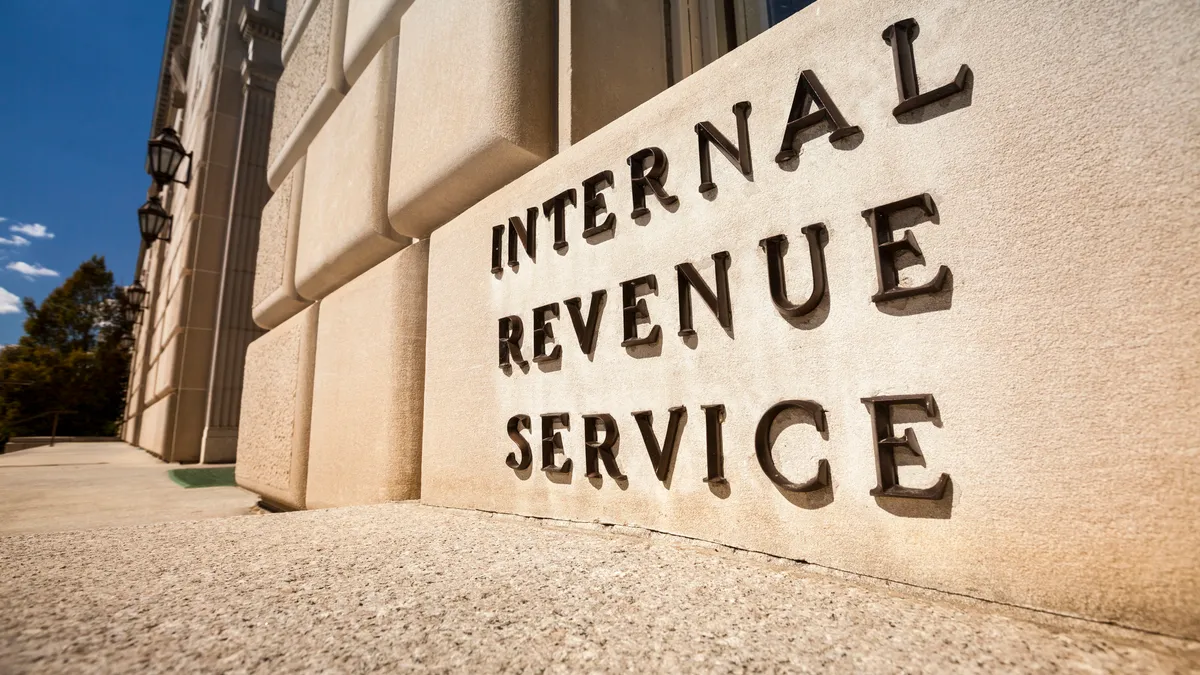Despite a slowdown in recent months, there are a lot of special purpose acquisition companies (SPACs) looking for target companies and to the extent they rush into investments, they could end up paying too much as macroeconomic pressures hit markets, Ryan McNelley, Kroll managing director of portfolio valuation, said in a media roundtable this week.
Given inflation, supply constraints and the omicron Covid variant, markets are moving into territory that could lead to company valuations peaking, said McNelley, a specialist in valuing private equity funds and other alternative investments.
“We're still in the middle of a . . . [SPAC] supply and demand imbalance,” said McNelley. “So, the concern I would have is, what’s going to happen when that supply and demand imbalance rights itself? Will there be businesses that are purchased at valuations that are unsustainable?”
The two-year window in which SPAC deals are typically required to close can put pressure on investment funds to find a target company, he said. If funds are coming up against that deadline, they could pay a premium that won’t be justified if inflation and other externalities push valuations lower.
“Maybe that deal wasn’t the right deal or maybe it was not at a sustainable valuation level,” he said. “Even a year or two before the pandemic . . . multiples in the private equity sector had been reaching their peak and running at all-time highs. Notwithstanding the large amount of capital that's come into the space, do we find ourselves in a situation where there’s a pullback in the prices people are willing to pay for these assets?”
Higher return demands
For CFOs in companies hoping to attract private investors or go public through a SPAC merger, the chances of finding a partner at an attractive valuation will drop if investors start demanding higher returns to compensate for increased risk.
The return on alternative funds tends to be higher than with conventional investments, typically between 12% and 20% compared to about 10% for stocks and bonds, so declining SPAC valuations can leave alternative fund managers in a tricky spot.
“If you happen to have been one of those managers that did 18% in your last fund, now you’re raising your next fund, are you going to be able to deliver on 18% again, or is it going to be 15% or 5% because you bought everything at the top of the market and the market wasn’t able to sustain those valuations?” he said.
Alternative funds, which tend to invest in longer-term, illiquid assets like hedge funds, commercial real estate, collectibles and derivatives as well as private equity and venture funds, generate higher returns because of their higher risk. That risk stems in part from the difficulty in knowing how investments are performing on a day-to-day basis. Unlike stocks or bonds, which are easily tracked, there’s no way for an investor to know how an asset is performing until there’s a liquidity event of some kind — a capital raise, a merger or an initial public offering, for example.
That lack of transparency can create the kind of gap that leaves investors holding the bag if valuations drop.
Investor exit
One of the positives of SPACs, though, is the exit provided to investors if the fund can’t find a merger partner by the end of the two-year window.
“No harm no foul,” said David Larsen, Kroll managing director of alternative asset advisory. “If they get to the end of two years and they haven’t found a target, then they haven’t spent the money in the trust and you get it back. The only person who’s lost money is the founder, who had to spend some organizational costs to try to find a target.”
For that reason, if the market hits a peak and valuations drop, causing SPACs to walk away and return funds to investors, the retreat of investors shows the market is working as intended, Larsen said.
“You’re raising capital to identify something, and if you can’t identify it, then you shouldn’t be using that money you raised from investors,” he said. “In many ways, it’s a protection for investors that want to get involved in something. And right up until the [merger] happens, they can always walk away and get their $10 back. So, being able to invest in a SPAC allows you some greater visibility without much risk as a public shareholder. [You can] look and see what they’re going to do, and you have the protection of the trust to get your money back.”
Although that can help protect investors if inflation, omicron and other factors tank markets, it poses a challenge for CFOs and their C-suite colleagues hoping to attract funds from private equity or venture funds or a SPAC partner.



















